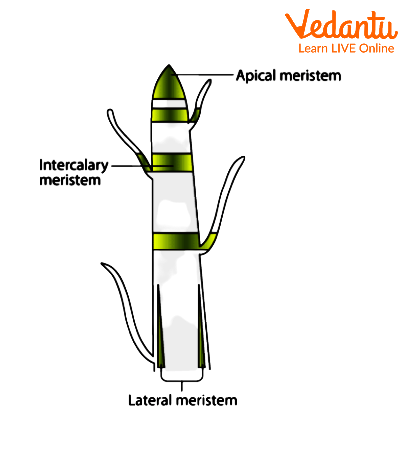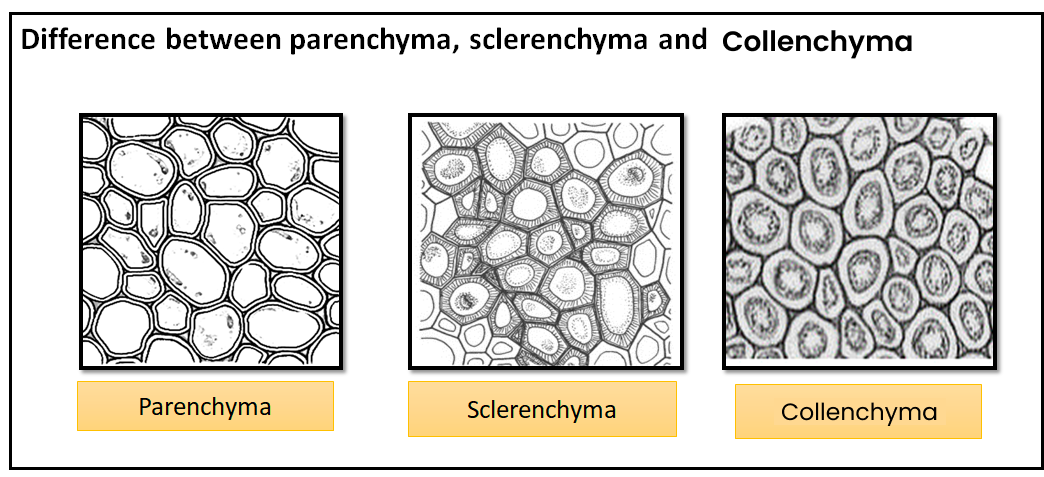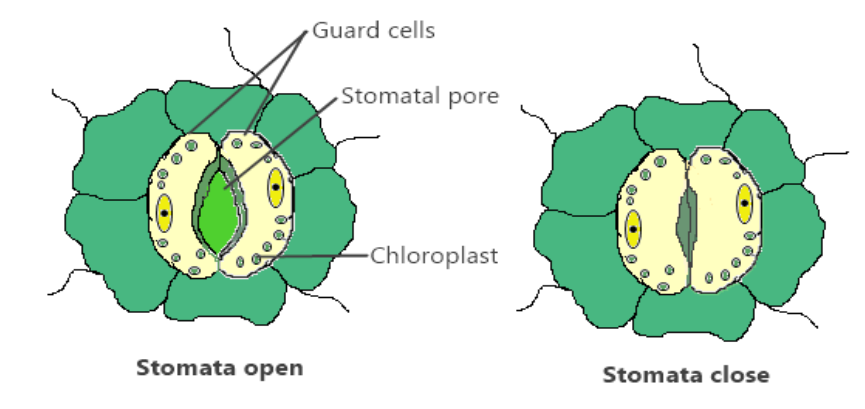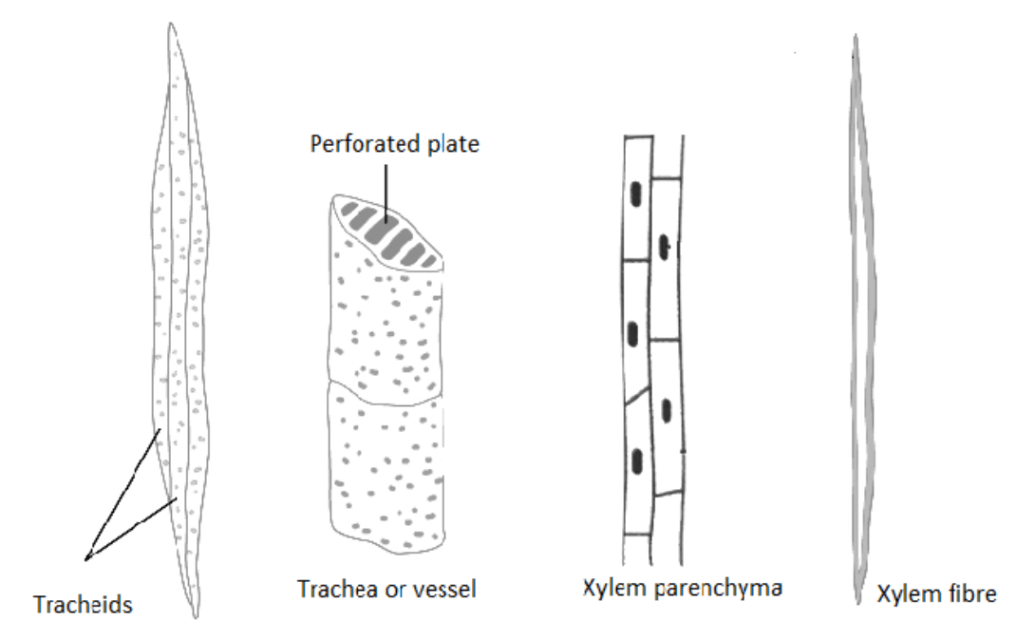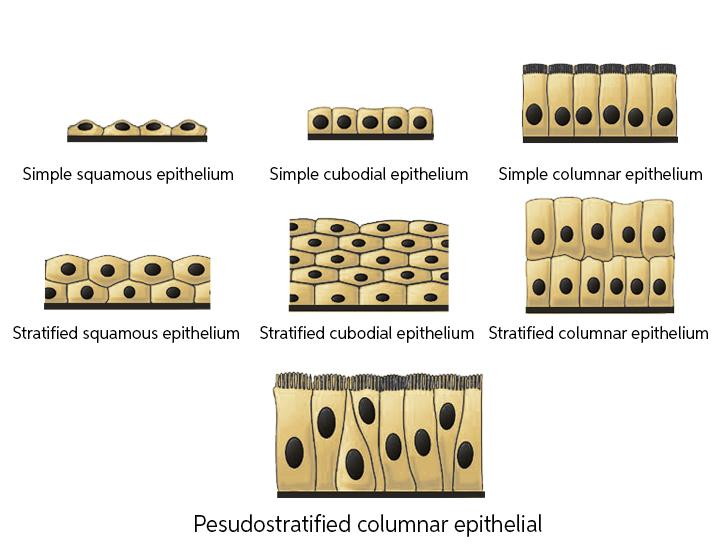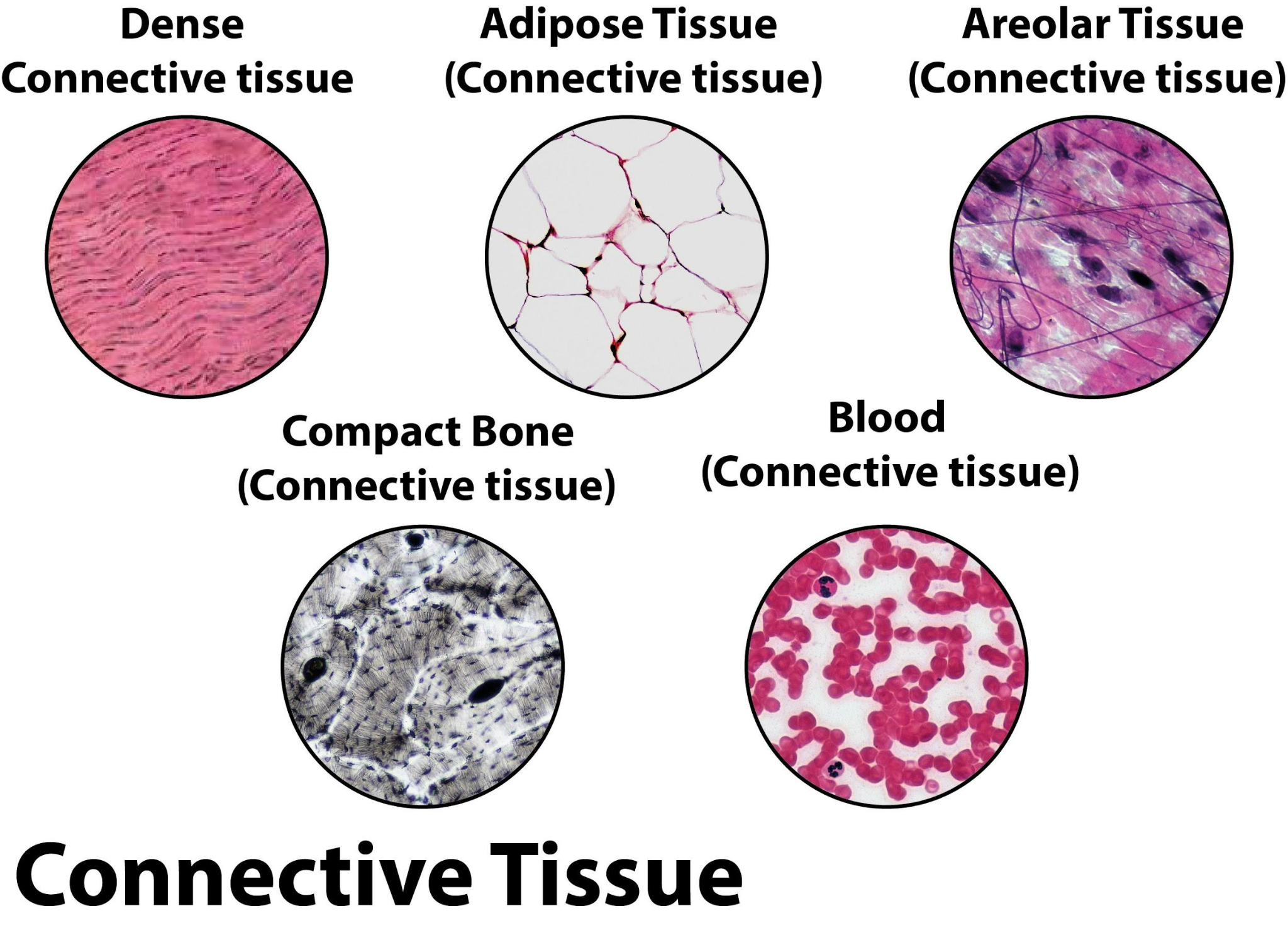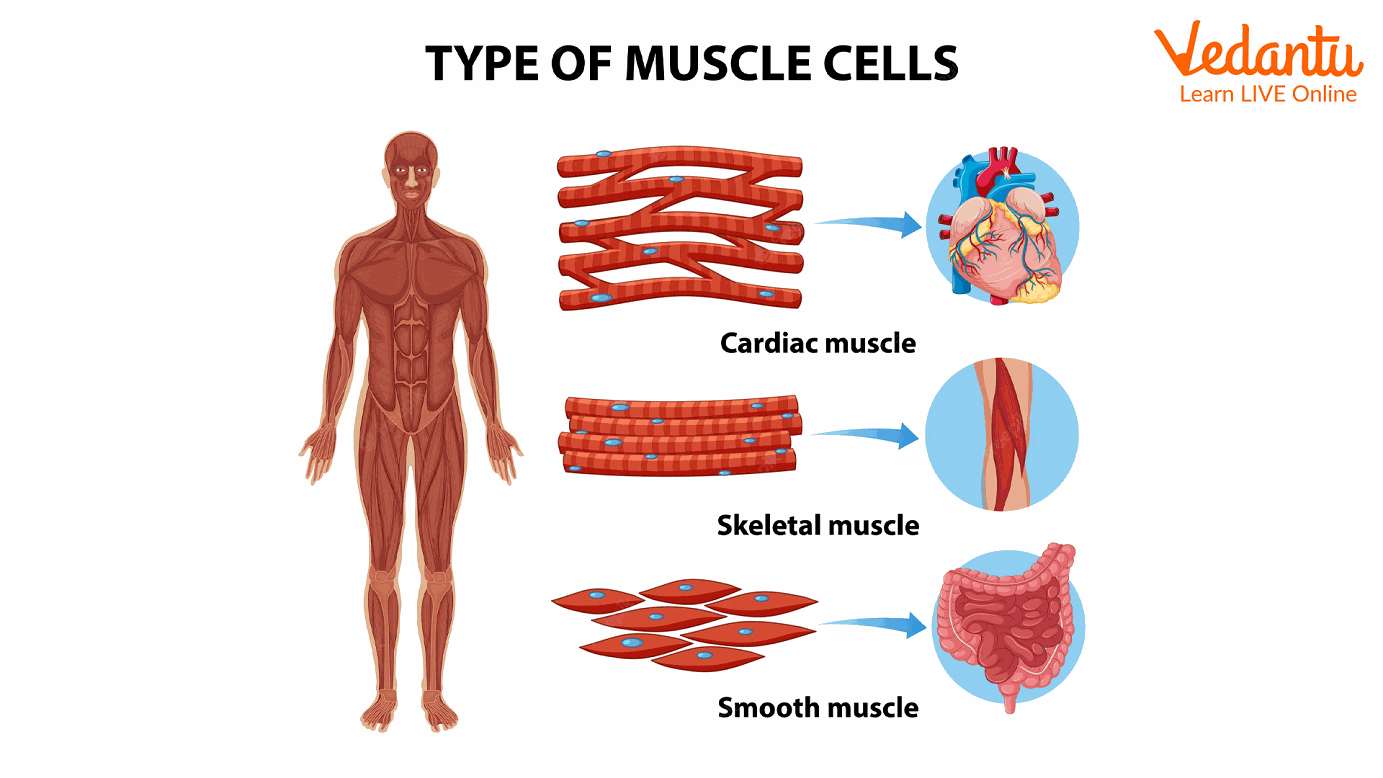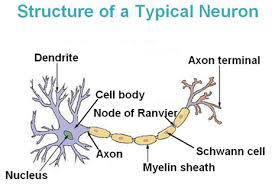Science Notes for Chapter 6 Tissues Class 9 - FREE PDF Download
Tissues Class 9 Science Chapter 6 CBSE Notes - 2025-26
FAQs on Tissues Class 9 Science Chapter 6 CBSE Notes - 2025-26
1. What is a quick summary of the main topics in CBSE Class 9 Science Chapter 6, Tissues?
This chapter provides a summary of tissues, which are groups of cells with a similar structure and function. The key concepts for revision include the two main types: plant tissues and animal tissues. For plants, you'll learn about meristematic (dividing) and permanent tissues (simple and complex). For animals, the notes cover the four primary types: epithelial, connective, muscular, and nervous tissues, along with their specific roles in the body.
2. What is the main difference between plant and animal tissues to remember for revision?
For a quick revision, remember this key difference:
- Plant Tissues: Many tissues are supportive and often composed of dead cells (like sclerenchyma) because plants are stationary and need rigid structural strength. Their growth is limited to specific regions (meristems).
- Animal Tissues: Most tissues are composed of living cells because animals are mobile and require more energy for movement and other life processes. Their cell growth is more uniform throughout the body.
3. How can one quickly revise the types of meristematic tissues in plants?
To quickly revise meristematic tissues, focus on their location and function:
- Apical Meristem: Found at the tips of roots and stems; responsible for increasing the length of the plant.
- Lateral Meristem: Found along the sides of stems and roots; responsible for increasing the girth or diameter of the plant.
- Intercalary Meristem: Located at the base of leaves or internodes; helps in the growth of leaves and stems.
4. What are the key points to differentiate simple permanent tissues in plants?
To differentiate simple permanent tissues, focus on their cell type and function:
- Parenchyma: These are living cells with thin walls and intercellular spaces. Their main function is food storage and sometimes photosynthesis (chlorenchyma).
- Collenchyma: These are living cells, thickened at the corners, providing flexibility and mechanical support to plant parts like stems and leaves.
- Sclerenchyma: These are dead cells with thick, lignified walls. They provide immense strength and rigidity, making plant parts hard and stiff.
5. What is the core function of complex permanent tissues, xylem and phloem?
The core function of complex tissues is transportation. Xylem is responsible for transporting water and minerals from the roots to all other parts of the plant. Phloem transports food (sugars prepared during photosynthesis) from the leaves to other parts of the plant for use or storage. Together, they form the vascular bundles.
6. What are the four main types of animal tissues to remember?
For a quick recap, the four main types of animal tissues are:
- Epithelial Tissue: Forms the protective covering and lining for most organs and cavities.
- Connective Tissue: Binds, supports, and separates other tissues or organs. Examples include blood, bone, and cartilage.
- Muscular Tissue: Responsible for movement in our body through contraction.
- Nervous Tissue: Specialised for transmitting electrical signals, forming the brain, spinal cord, and nerves.
7. Why is blood considered a type of connective tissue?
Blood is considered a connective tissue because it fits the definition: it has cells (red blood cells, white blood cells, platelets) suspended in an extracellular matrix. In blood, the matrix is a fluid called plasma. Its function is also to connect different body systems by transporting oxygen, nutrients, hormones, and waste products.
8. How can you quickly distinguish between the three types of muscular tissue?
To quickly distinguish them for revision, remember these key features:
- Skeletal Muscle: Attached to bones, has striations (stripes), is cylindrical, and controls voluntary movements.
- Smooth Muscle: Found in internal organs, has no striations, is spindle-shaped, and controls involuntary movements.
- Cardiac Muscle: Found only in the heart, has striations, is branched, and controls involuntary heart contractions.
9. What is the basic functional unit of nervous tissue and what is its role?
The basic functional unit of nervous tissue is the neuron, or nerve cell. A neuron is specialised to receive and transmit signals, called nerve impulses, throughout the body. It consists of a cell body, dendrites (which receive signals), and an axon (which sends signals to other cells), enabling rapid communication for coordinating bodily functions.
10. What is the concept of differentiation in plant tissues?
Differentiation is the process where cells from the meristematic tissue, which can divide rapidly, mature and take on a specific, permanent role. These cells lose their ability to divide and develop a specific structure and function, transforming into various types of permanent tissues like parenchyma or sclerenchyma. This specialisation allows different parts of the plant to perform different jobs efficiently.




















 Watch Video
Watch Video



